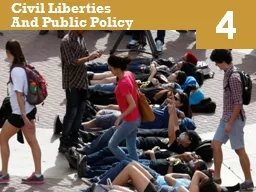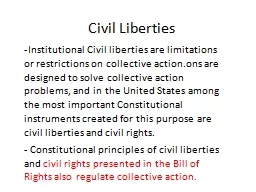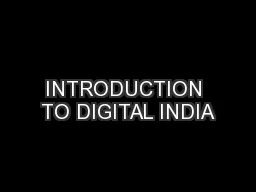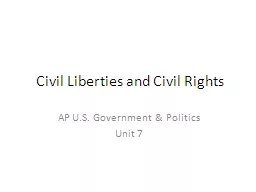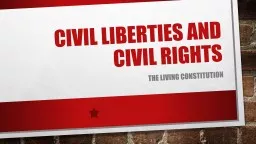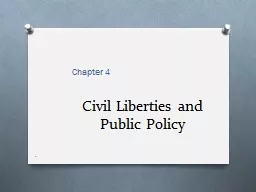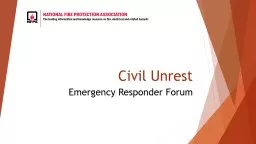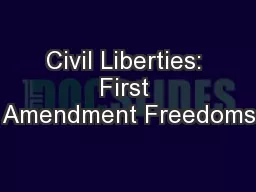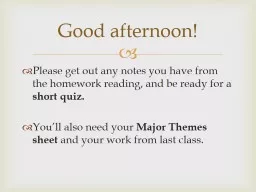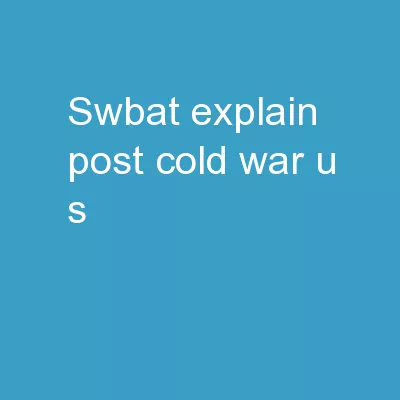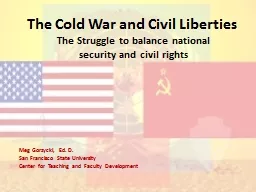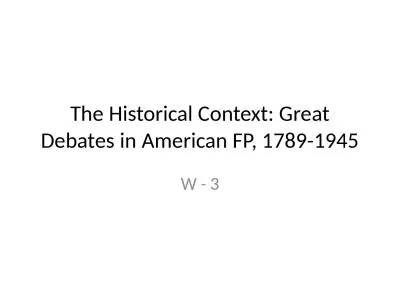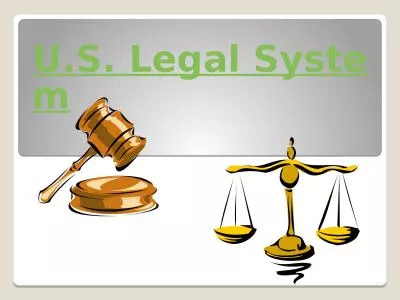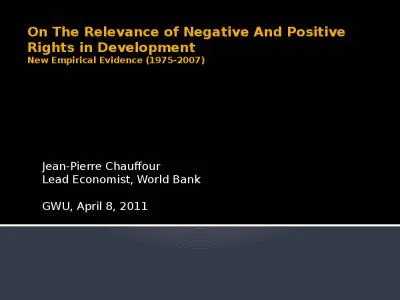PPT-Civil Liberties And Public Policy
Author : boyplay | Published Date : 2020-06-15
4 Edwards Learning Objectives Trace the process by which the Bill of Rights has been applied to the states Distinguish the two types of religious rights protected
Presentation Embed Code
Download Presentation
Download Presentation The PPT/PDF document "Civil Liberties And Public Policy" is the property of its rightful owner. Permission is granted to download and print the materials on this website for personal, non-commercial use only, and to display it on your personal computer provided you do not modify the materials and that you retain all copyright notices contained in the materials. By downloading content from our website, you accept the terms of this agreement.
Civil Liberties And Public Policy: Transcript
Download Rules Of Document
"Civil Liberties And Public Policy"The content belongs to its owner. You may download and print it for personal use, without modification, and keep all copyright notices. By downloading, you agree to these terms.
Related Documents

